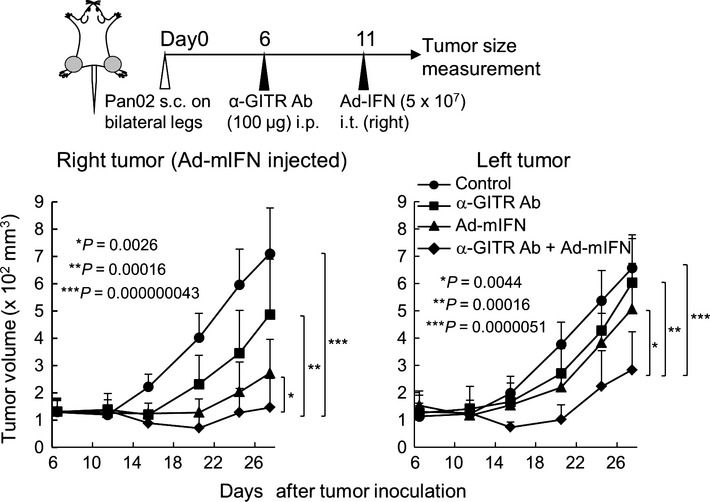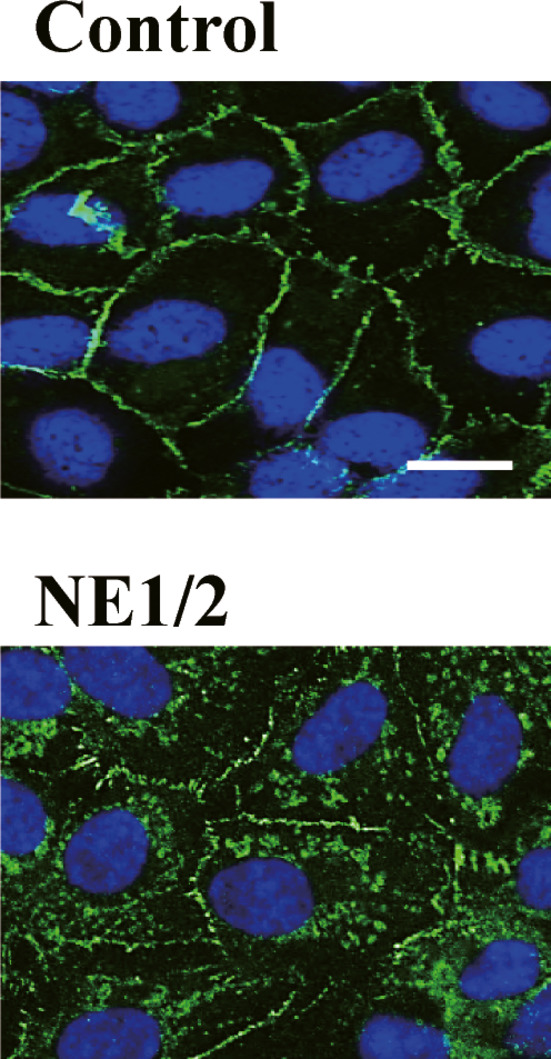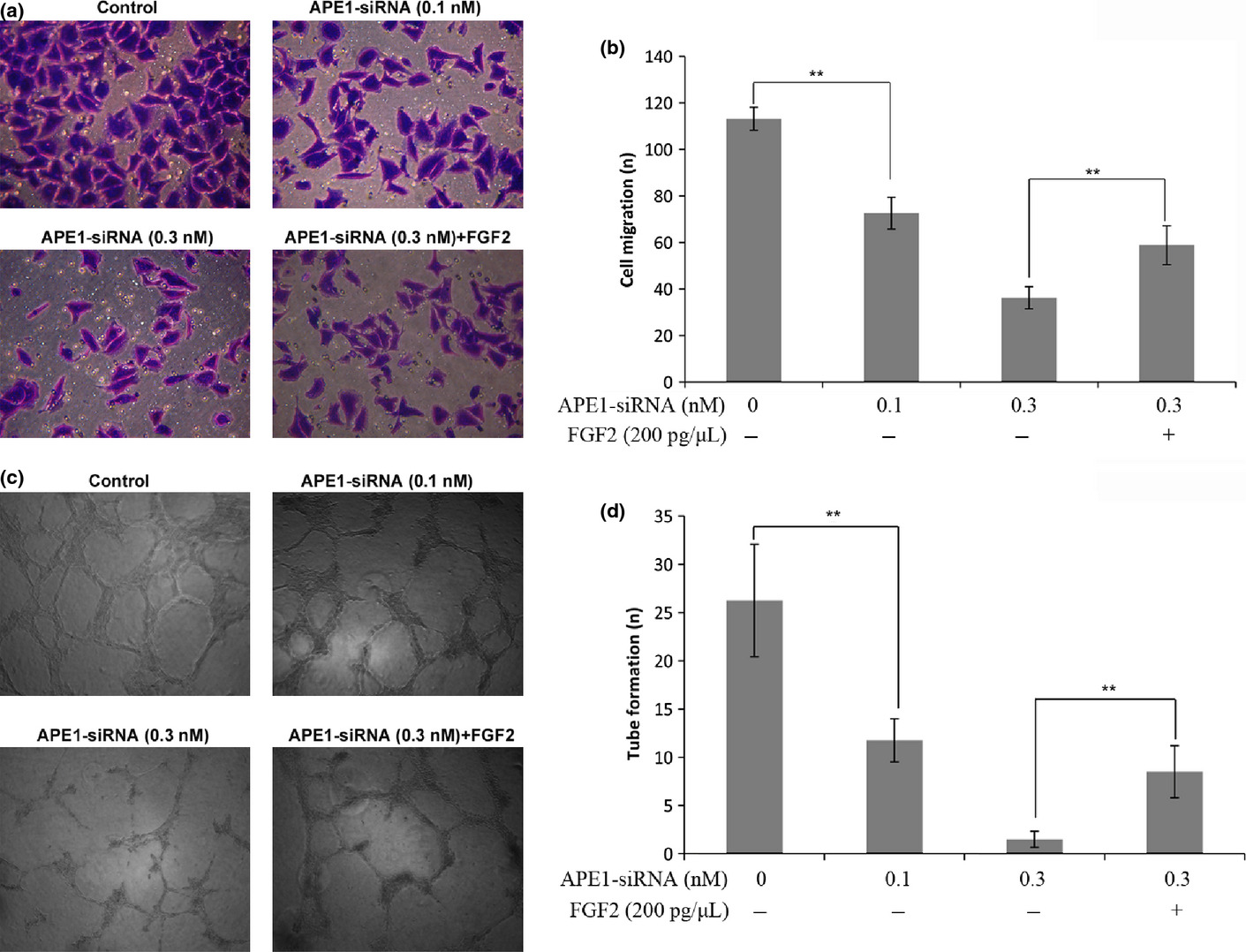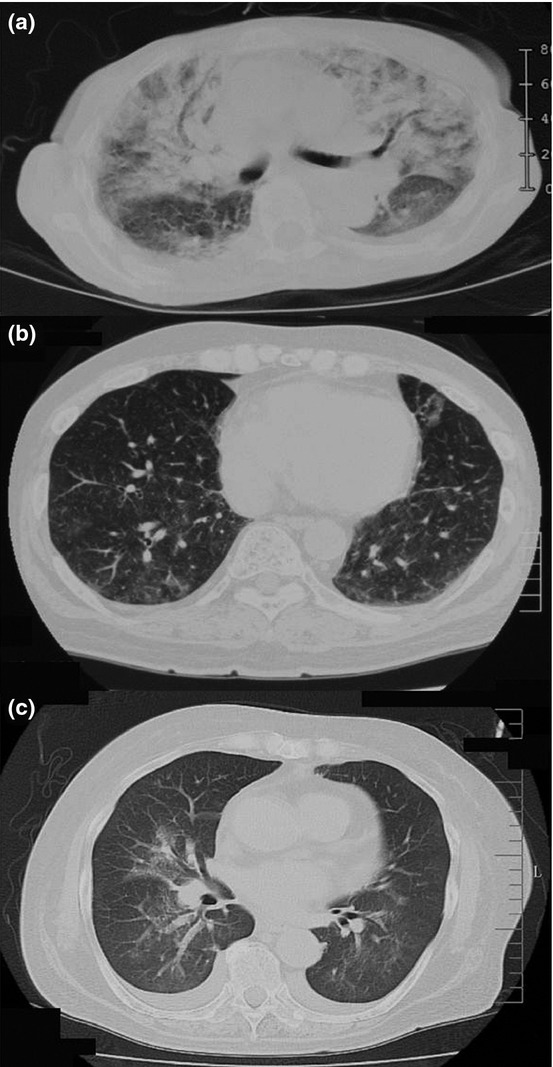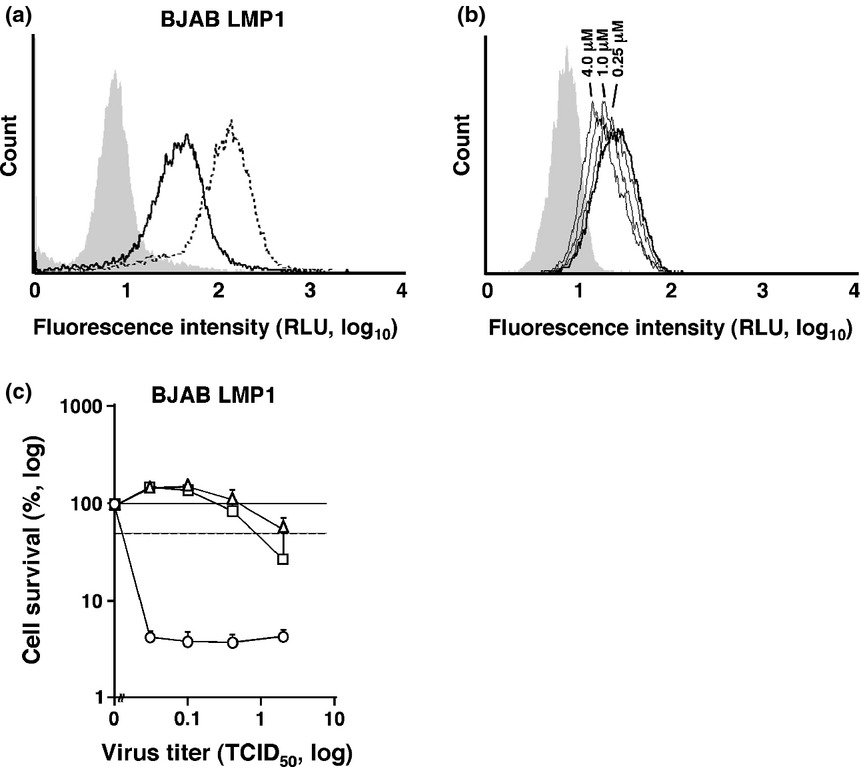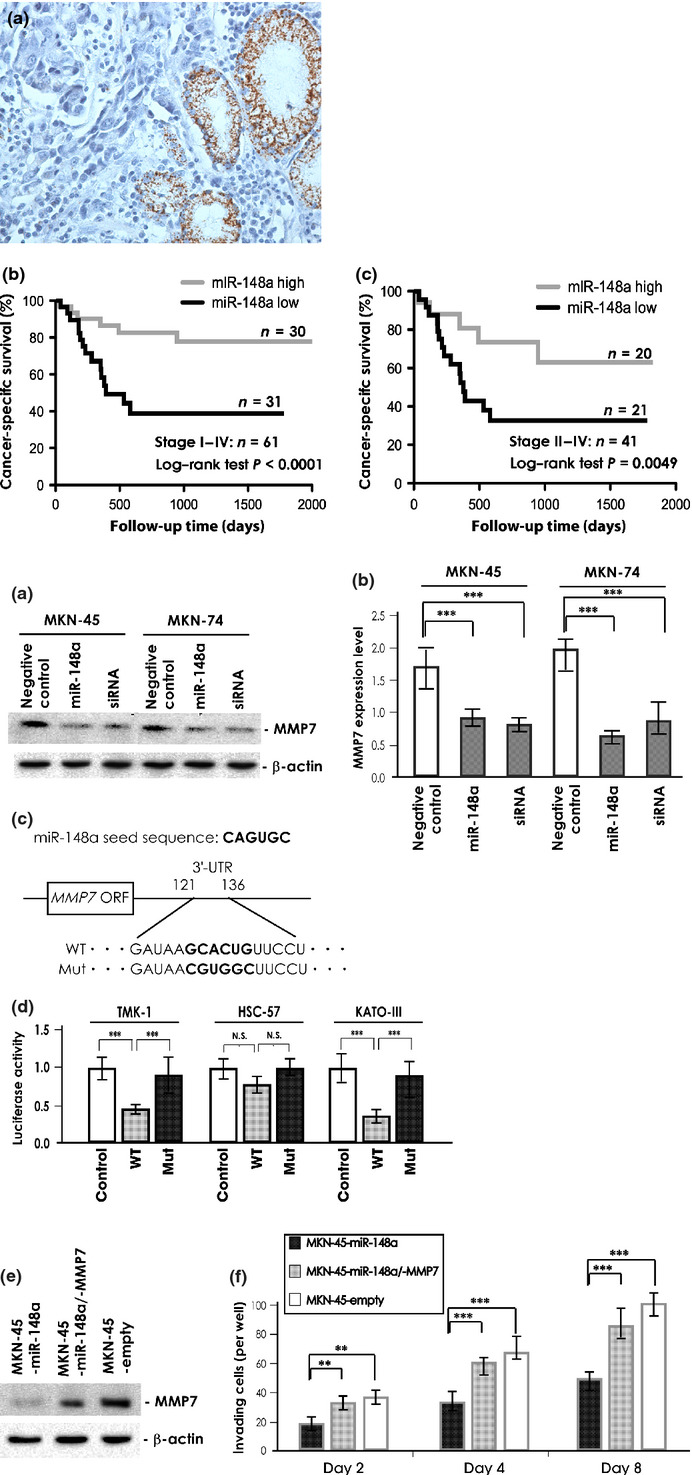Journal list menu
Export Citations
Download PDFs
COVER IMAGE
Roles of miR-148a in gastric cancer invasion by regulating MMP7 expression. MiR-148a expression in gastric cancer tissue detected by in situ hybridization. See also Sakamoto, N., et al. (pages 236–243 of this issue).
- Page: February cover
- First Published: 10 February 2014
ISSUE INFORMATION
IN THIS ISSUE
REVIEW ARTICLE
Gist of Dr. Katsusaburo Yamagiwa's papers entitled “Experimental study on the pathogenesis of epithelial tumors” (I to VI reports)
- Pages: 143-149
- First Published: 08 December 2013

Drs. Yamagiwa and Ichikawa first published a comprehensive paper entitled “Experimental study on the pathogenesis of epithelial tumors” in 1915 in German. The essentials of their six reports under the same title have been translated into English as a short review. Scientists' comments on Yamagiwa's contribution are attached by way of introduction.
ORIGINAL ARTICLES
BASIC AND CLINICAL IMMUNOLOGY
Role of plasmacytoid dendritic cells and inducible costimulator-positive regulatory T cells in the immunosuppression microenvironment of gastric cancer
- Pages: 150-158
- First Published: 22 November 2013

We found that numbers of pDCs, Tregs and ICOS+ Tregs in peripheral blood were increased in GC patients compared with healthy donors. In tissue, Tregs and ICOS+ Tregs were found distributing mainly in carcinoma tissue, while pDCs mainly in peritumor tissue. Both pDCs and ICOS+ Tregs participate in the immunosuppression microenviroment of gastric cancer together.
Suppression of Tregs by anti-glucocorticoid induced TNF receptor antibody enhances the antitumor immunity of interferon-α gene therapy for pancreatic cancer
- Pages: 159-167
- First Published: 30 November 2013
CELL, MOLECULAR, AND STEM CELL BIOLOGY
Amino-terminal fragments of laminin γ2 chain retract vascular endothelial cells and increase vascular permeability
- Pages: 168-175
- First Published: 15 November 2013
CLINICAL RESEARCH
Macrophage inhibitory factor 1 acts as a potential biomarker in patients with esophageal squamous cell carcinoma and is a target for antibody-based therapy
- Pages: 176-185
- First Published: 30 November 2013

Serum MIC1 may serve as a diagnostic marker and an independent prognostic factor for ESCC. Additionally,monitoring of serum MIC1 after surgery is useful in evaluation of early recurrence. Notably, this study highlights that the over-expression of MIC1 was associated with lymph node metastasis and MIC1 can act as a therapeutic target for antibody-based therapy in the treatment of ESCC.
Apurinic/apyrimidinic endonuclease 1 induced upregulation of fibroblast growth factor 2 and its receptor 3 induces angiogenesis in human osteosarcoma cells
- Pages: 186-194
- First Published: 11 December 2013
Bortezomib therapy-related lung disease in Japanese patients with multiple myeloma: Incidence, mortality and clinical characterization
- Pages: 195-201
- First Published: 14 December 2013
DRUG DISCOVERY AND DELIVERY
Effect of a poly(ADP-ribose) polymerase-1 inhibitor against esophageal squamous cell carcinoma cell lines
- Pages: 202-210
- First Published: 13 November 2013
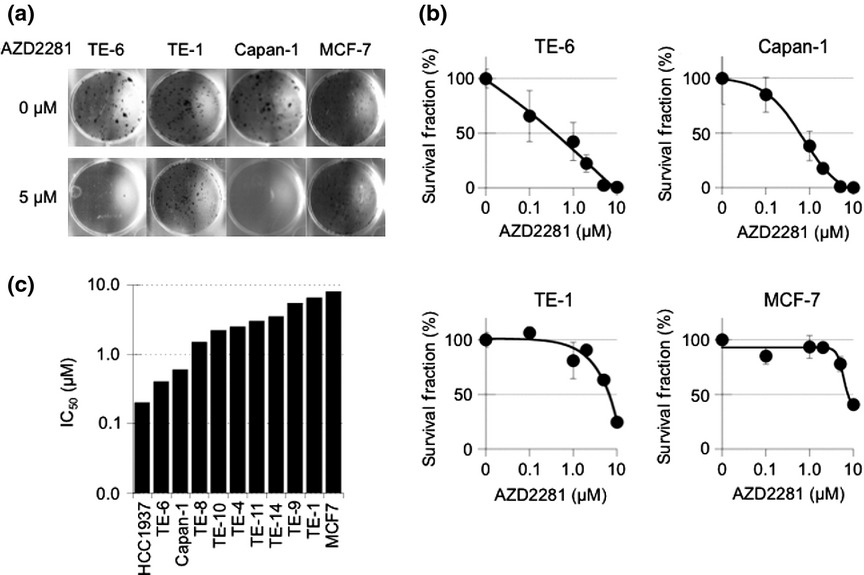
There is a demand for effective molecular target drugs for esophageal cancer that combine an improved therapeutic efficacy with fewer adverse effects. Esophageal squamous cell carcinoma cell lines were screened with recently developed PARP inhibitors and a specific cell line, TE-6 exhibited better sensitivity.
Enhanced susceptibility of B lymphoma cells to measles virus by Epstein–Barr virus type III latency that upregulates CD150/signaling lymphocytic activation molecule
- Pages: 211-218
- First Published: 15 November 2013
N1-guanyl-1,7-diaminoheptane sensitizes bladder cancer cells to doxorubicin by preventing epithelial–mesenchymal transition through inhibition of eukaryotic translation initiation factor 5A2 activation
- Pages: 219-227
- First Published: 22 November 2013
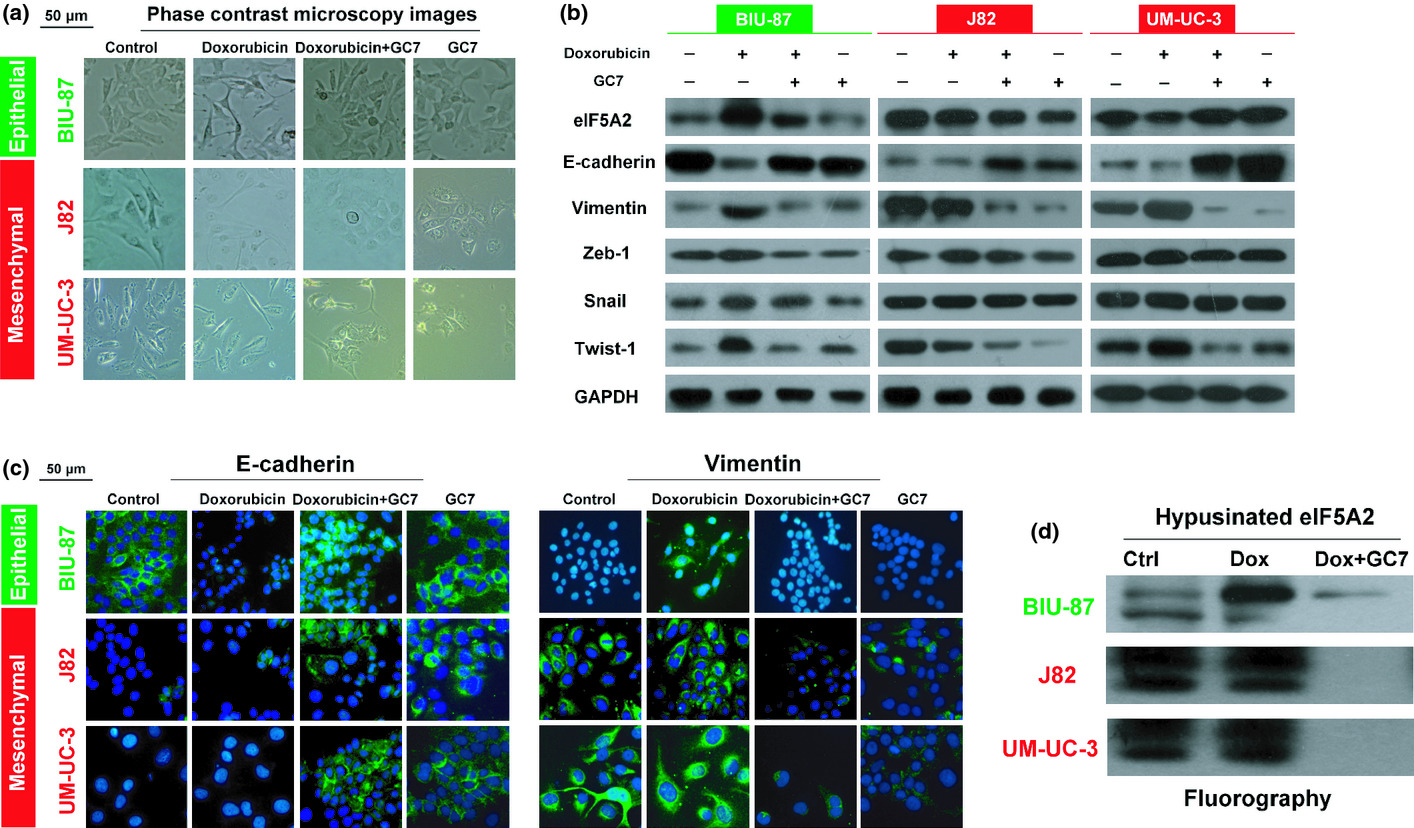
Doxorubicin-induced EMT reduced the chemotherapeutic effect of doxorubicin treatment in bladder cancer cells. GC7, which inhibited activity of eIF5A2, sensitized bladder cancer cells to doxorubicin via preventing EMT. Combined treatment of GC7 and doxorubicin provides a new insight to clinic bladder cancer therapy.
PATHOLOGY
MicroRNA-143 regulates collagen type III expression in stromal fibroblasts of scirrhous type gastric cancer
- Pages: 228-235
- First Published: 27 November 2013
MicroRNA-148a is downregulated in gastric cancer, targets MMP7, and indicates tumor invasiveness and poor prognosis
- Pages: 236-243
- First Published: 27 November 2013





